In this interview, Vicky Condalary, Senior Vice President of Services and Partnerships from the National Institute for Excellence in Teaching (NIET), shares insights on evaluating professional learning. Too often, professional learning strategies run on autopilot, making it difficult to adjust when new needs arise. Vicky will discuss how NIET helps schools, districts, and states analyze and refine their professional learning approaches.
NIET is a certified provider in the Professional Learning Partner Guide. Learn more about their work here: NIET on Rivet Education.
1. Can you start by giving us an overview of NIET’s mission and the work you do to support educators?
At NIET, our mission is to build educator excellence to give all students the opportunity for success. We believe intentional, sustained, and high-quality investments in educators directly result in success for all students. NIET provides training, resources, and support designed to strengthen instructional leadership and teaching practices. We work with schools, districts, and states to develop sustainable professional learning, coaching, and leadership development systems. Our partnerships help educators build their capacity to implement high-quality instructional materials (HQIM), use data effectively, and create collaborative structures such as clusters or professional learning communities, instructional leadership teams, and district leadership teams that drive continuous improvement.
2. In your experience, what are the most common gaps or oversights in how district and school leaders approach professional learning?
One challenge that district and school leaders often face is ensuring alignment between professional learning and instructional priorities. Too often, professional development is not clearly connected locally to the needs that teachers face daily in their classrooms to advance student learning. Although regular opportunities for professional development may be provided by district and school leaders, another common gap is the lack of measurable growth in students and teachers. Many professional learning opportunities lack tools, protocols, and structures that prevent relevant learning and effective transfer of improved instructional practices to the classroom. As a result of these issues, professional learning can often be treated as a compliance activity rather than an opportunity to strengthen daily teaching practices.
A common oversight for district and school leaders is disconnecting professional learning opportunities from the HQIM that teachers implement. When this is the case, professional learning is not easily applied to the classroom and can be perceived negatively by educators.
Lastly, the most common oversight in professional learning is failing to provide structured follow-up support and coaching for teachers as new learning is applied in the classroom. This lack of teacher support limits improved instructional practices and student growth. Teachers need ongoing feedback and support in order to sharpen their practices.
3. How do these professional learning challenges impact teachers and, ultimately, student outcomes?
When professional learning isn’t targeted or sustained, it leads to inconsistency in implementation. Teachers may leave job-embedded professional learning structures feeling inspired but lack the tools, protocols, and support to apply what they’ve learned to strengthen instructional practices and advance student learning. Without ongoing coaching and collaborative structures, instructional improvements remain isolated rather than becoming part of a school-wide system of support. The result is that students do not experience the high-quality, aligned instruction they need to thrive. On the other hand, when professional learning is well-designed, teachers gain the confidence and skills to prepare lessons that meet the needs of all students in their classrooms, leading to stronger instructional coherence and achievement.
4. Can you share an example of a time you helped education leaders assess and improve their professional learning plans? What did that process reveal?
One example that stands out is our partnership with Jefferson Parish School District, the largest school district in Louisiana. We partnered with the school district to support the implementation of new HQIM in math. Our partnership supported school leaders with field-tested strategies to strengthen their coaching and support for teachers through the district’s newly adopted HQIM. Through our work together, we supported the implementation of a structured approach that aligned professional learning through teacher collaboration with HQIM, instructional best practices, and the effective use of student data. NIET supported leaders in recognizing the stages of curriculum implementation and what teachers needed to progress to higher levels of understanding by leveraging the NIET’s Teacher Learning Progression on Curriculum Tool. This process revealed that teachers needed more support in using formative assessments to guide instruction. By integrating targeted coaching and support, we saw a shift in how teachers collaborated, leading to more intentional instructional decisions and measurable student growth.
5. Rivet’s Professional Learning Diagnostic helps leaders evaluate whether their professional learning aligns with curriculum-based best practices. Are there specific questions in the diagnostic that jump out to you as commonly overlooked areas?
From NIET’s 25 years of experience supporting 350,000 educators across the nation, we know one of the most commonly overlooked areas is ensuring that professional learning is designed with a clear, outcomes-driven goal. When leaders define their primary objective—whether it’s deepening teachers’ understanding of HQIM, improving instructional practices, or enhancing student engagement—it becomes easier to align professional learning with instructional priorities. Another key area that is frequently missed is the presence of structured follow-up mechanisms, such as coaching cycles or peer observations, to reinforce learning. At NIET, we ensure professional learning is not a one-time event but a sustained, iterative process that directly impacts classroom instruction. This approach helps leaders identify these gaps and refine their plan to ensure professional learning leads to meaningful, measurable improvements.
6. What advice would you give education leaders who want to build a stronger habit of monitoring and refining their professional learning strategy over time?
At NIET, we advise partners to build professional learning into the structures of the school’s continuous improvement efforts. That means regularly analyzing data—both student performance data and teacher feedback—to ensure professional learning is meeting relevant needs. Leaders should also create structured time for reflection, whether through cluster meetings (teacher collaboration), leadership team meetings, or coaching sessions, to assess what’s working and what needs adjusting. Finally, professional learning should be ongoing and job-embedded with coaching and support to ensure sustained growth.





